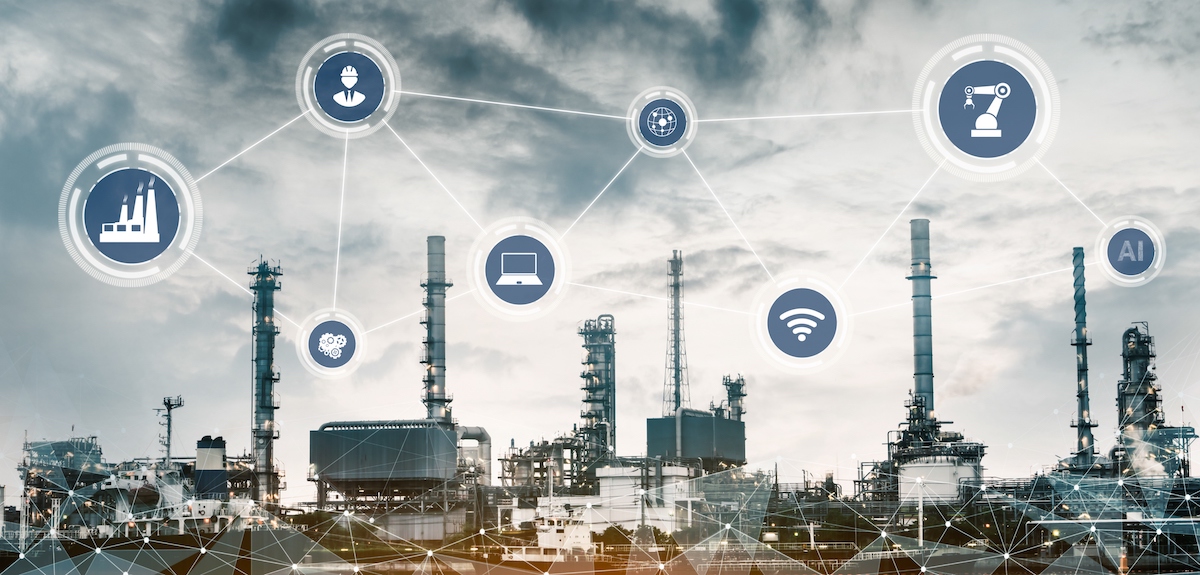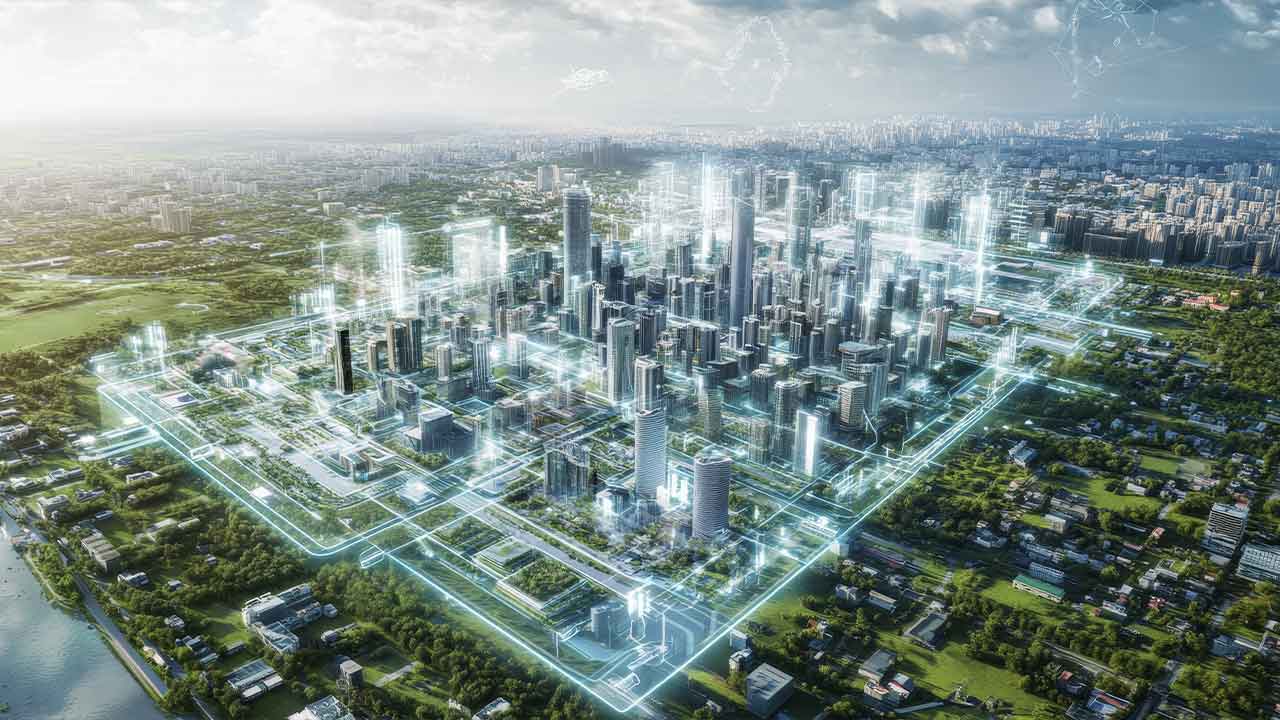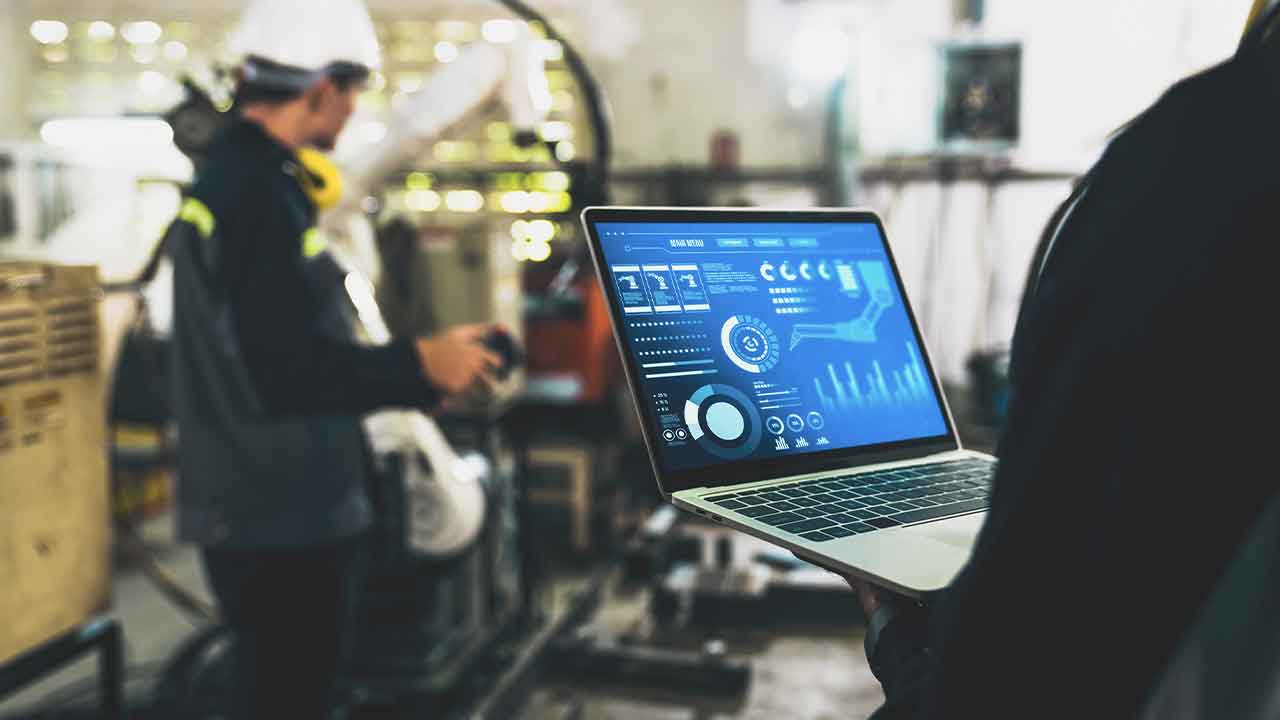Creating Value with Industrial IoT
Often termed the fourth industrial revolution, it’s easy to conclude that the progress being generated by the Industrial Internet of Things (IIoT) will result in job losses. When we think back on the previous industrial revolutions, we can’t help but be reminded of how they brought about newly automated tasks that replaced humans. But, in fact, in the new digital economy, we are seeing that the opposite is actually true for industrial companies – new IIoT-enabled job opportunities and increased revenue are up for grabs right across the industrial spectrum.
Creating jobs with the IIoT
While uptake of the IIoT will see demand decrease for workers who perform simple and repetitive tasks that can be standardized and performed by machines, including robots, software, or Artificial Intelligence (AI), the need for flexible responses to problem solving and customization is creating many more new jobs in industry.
Big data collection will require highly qualified data and analytics experts, and create new IIoT business opportunities for “data scientists.” These roles will require experts to deep dive into the wealth of information generated from connected machines, plants, and processes, and come up with innovative ways to put that information to use for business improvements. These roles will also be expected to create new and innovative types of analysis and data to analyze.
The demands to augment the operator – equip workers with mobile devices, data analytics, augmented reality, and transparent connectivity to increase productivity, and operate and manage the plant in real time – will increase the market demands more flexibility and profitability from manufacturing organizations. The human element in gathering, comparing, and analysing data is essential – human beings bring creativity, subjectivity, and innovation – none of which can be replicated by a machine. But being able to provide operators with data within context, training with Augmented Reality and Virtual Reality, and simulation capabilities, means decision making will be smarter and faster.
Robot production and increased automation of plants and processes will increase the need for robotics experts who can coordinate, set up, and maintain simple and complex robots. These employees will also need install temporary replacements when the robot is out of order – so a large degree of flexibility will be needed. Robotics will support and drastically improve the very complex, dangerous, and/or sensitive tasks that still need to be completed or double checked by human beings.
Simulation and digital twins will increase the demand for industrial engineers and simulation experts who can help to grow a business using digital replication models for process improvements. From plant design to maintenance, a digital model of the plant can help deliver consistency, faster maintenance, better operations, and more thorough training across the complete plant.
Predictive maintenance will allow manufacturers to repair equipment before breakdowns occur and, as such, will create additional demand for workers skilled in system design, IT, data science, and field service engineering. Find out more about the role of data science in industrial engineering by reading one of our previous article.
Generating revenue with the IIoT
Industrial companies which embrace the IIoT understand that it’s the mix of technology, services, training, and consultation that will ultimately help them generate new revenue opportunities.
Adopting more flexible production lines and adding robotics and 3D printing to the plant open up new opportunities for industrial companies to develop and sell products with higher levels of customization. Termed “mass production of one,” this trend is being driven by more volatile global markets, increased variants, and shorter production life cycles which demand increased flexibility and automation versatility. The growth in choice and individualism indicates that consumers are looking for highly specific products which are delivered at the same price points as mass produced goods. This means manufacturers need flexibility. On top of this flexibility requested by the market, manufacturers also need the versatility to optimize their business plans as they operate.
Innovation in current industrial business models is driving revenue from both existing and new markets. For example, machine-as-a-service can be compared to energy performance contracting. Implementing IIoT technologies that allow a machine builder to understand the exact performance of the machines they build (including how much those machines can manufacture) is a revolutionary new opportunity to monetize industrial machines. It’s an opportunity for a machine builder to create a continuous revenue stream on parts manufactured as opposed to merely receiving a one-off payment for the machine, itself.
Digital services are improving asset performance by making it easier to monitor performance and improve maintenance, all of which results in greater productivity and reduced costs. For end users, this increases the value of their investment, and for services providers, it generates a continuous source of revenue.
Technologies that augment operators, already mentioned above, within the plant (mobile devices, data analytics, augmented reality, and transparent connectivity) are now being adapted for use in the field which expands the after-sales services and encourages the development of additional, new services.
Job growth and economic stability are top of mind in most countries around the world, and it’s often too easy to assume that innovation will lead to a reduction in both. However, this is not the case, and for industrial companies the opportunities generated by the IIoT are just too great to ignore. Find out more about Industrial IoT platform market growth.
This article was written by Alain Dedieu, Senior Vice President, Strategy Industry Business, and the full post can be accessed here.



